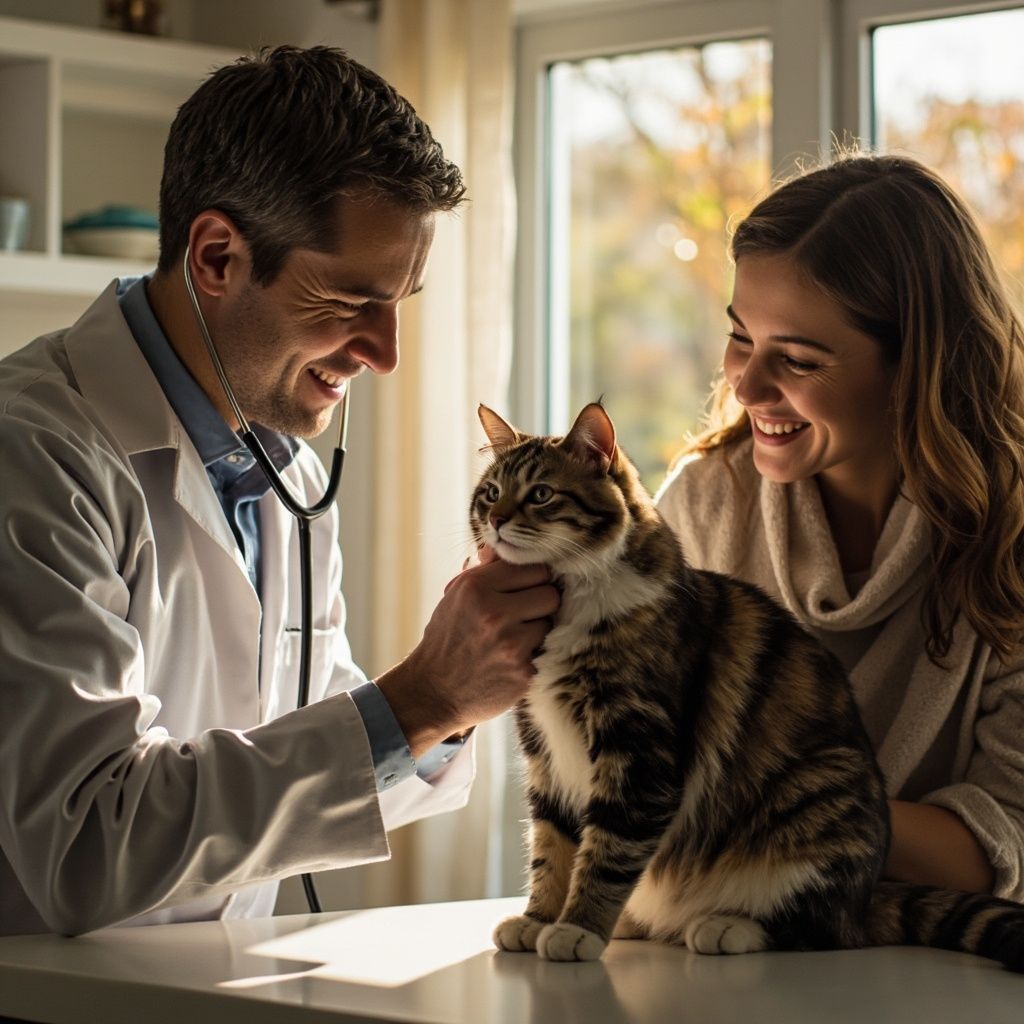Walks Are More Than Just for Wags: The 5 Benefits of Walking Your Dog
Walking your dog is about so much more than just a potty break. It's a chance to strengthen your bond, improve your pet's health, and even enhance their social skills. As veterinarians, we see the transformative power of regular walks for dogs of all ages and seasons of life.
Whether it’s a brisk 30-minute walk or a more relaxed hour-long stroll, the right amount of exercise can do wonders. Studies have shown that regular dog walking can improve cardiovascular health, reduce behavioral issues. by up to 65%, and increase overall happiness in your furry friend.
In this blog, we'll explore 5 reasons why taking your dog for a walk is one of the best investments you can make in their health, along with what a walk looks like for your specific pet. Let’s explore why you should be reaching for the leash more often and how these daily adventures can lead to a healthier, happier life for both you and your pet.

Dog Walking Guidelines
First and most importantly, let’s get a pulse on what a walk looks like for you and your pet. We know every pup has their own unique personality and lifestyle, so tailoring your dog's walks to match their breed, age, and health status is important for maximizing the benefits while also making sure their safety and enjoyment are a top priority as well. Just as humans have varied exercise needs and preferences, so do our canine companions.
Here’s a breakdown of how to adapt your walking routine to fit your dog’s specific requirements:
Puppies: Young and Energetic Explorers
Puppies are bundles of energy, and walks are essential for their development, both physically and mentally. However, their joints are still growing, so keep walks relatively short and sweet. A good rule of thumb for puppies is five minutes of exercise per month of age, twice a day. For instance, a four-month-old puppy might handle 20 minutes per walk. These outings are more about exploration and socialization than vigorous exercise.
Adult Dogs: Prime Time for Prime Health
Adult dogs, typically ranging from 1 to 7 years old, can handle longer and more intense walks. Breeds like Border Collies, Labradors, and Huskies will relish longer durations and faster paces, often thriving on walks that last up to an hour or more, coupled with opportunities to run and play.
On the other smaller site, breeds like Pugs and Bulldogs require less strenuous walks due to their lower energy levels and unique physiological traits, like brachycephalic (short-nosed) respiratory challenges, or Dachshunds with their risk of spinal issues, may benefit from shorter, more frequent outings to avoid stress on their backs. Every breed has its own set of characteristics and exercise needs.
Senior Dogs: Gentle and Steady
As dogs enter their senior years , usually around age 8 and older, their stamina and joint health may start to decline. Walks remain important for maintaining muscle strength and managing weight, but they should be adjusted to be gentler and shorter. A leisurely pace with plenty of sniffing breaks is ideal, allowing senior dogs to engage with their environment without overexertion. Regular, gentle movement can help manage arthritis and maintain mobility!

1. Physical Health and Weight Management
Regular walks help maintain your dog's weight and prevent obesity , which is a growing concern in pet health. Obesity in dogs can lead to serious health issues such as diabetes, heart disease, and joint problems. A daily walking routine helps regulate their metabolism and burns off excess calories effectively. It also keeps their joints limber and muscles toned, reducing the risk of arthritis and other mobility issues as they age.
2. Mental Stimulation and Reduced Behavior Problems
Walking isn't just physically stimulating; it's mentally stimulating for our pups as well. Dogs are naturally curious creatures who enjoy exploring their environment. Every walk is an opportunity for your dog to see, smell, and hear new things. This mental stimulation we like to refer to as a “Sniffari” and is an important piece in preventing cognitive decline in older dogs and helps reduce common behavior problems such as excessive barking or chewing. A well-stimulated dog is a happy dog, and less likely to find destructive ways to expend their energy at home.
3. Improved Digestive and Urinary Health
Regular walks can help regulate a dog’s digestive system and can aid in relieving constipation. Consistent walking schedules allow dogs to relieve themselves regularly, which reduces the risk of urinary tract infections. This benefit is particularly important for dogs with a history of urinary issues.
4. Socialization and Emotional Health
Walking your dog regularly exposes them to other dogs, people, and environments, which is key in building their confidence and social skills. This exposure helps reduce fear and anxiety in various situations. For the pet owner, walking your dog is also a great way to meet other pet owners and strengthen community ties. This social aspect can enhance your emotional well-being as well as your pet's!
5. Strengthening the Bond Between Pet and Owner
Perhaps one of the most enjoyable benefits of walking your dog is the quality time you spend together. These moments are invaluable in building and maintaining a strong bond. It's a time for mutual enjoyment and gives your dog a sense of companionship and security. Regular walks can significantly enhance your relationship with your pet and create a deeper connection.
The Home Stretch
Walking Strategies for Optimal Outcomes
- Customize the pace and distance based on your dog’s age, breed, and health.
- Mix up the routes to stimulate your dog’s mental health and keep them interested.
- Consider the weather and always provide for hydration and cool-down breaks.
- Watch for signs of fatigue or discomfort, particularly in dogs with health issues or older pets.
Always consult with your veterinarian to tailor a walking regimen that suits your dog’s health condition and age. Together, let’s step towards a healthier, happier life for your dog. If you have any questions about establishing a walking routine or other ways to improve your dog’s health, don’t hesitate to reach out. Happy walking!
If you have questions and you'd like to reach out to us, you can call us directly at (859) 625-5678 , or you can email us at aacrichmond@yahoo.com. Don't forget to follow us on social media Facebook , Instagram.
Recent Posts










